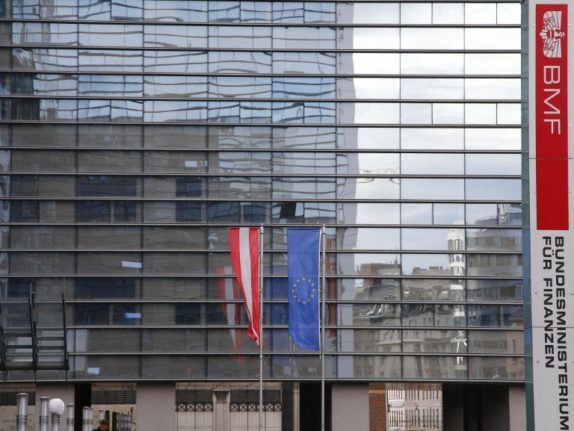After a couple of years of economic turmoil as reported by The Local, Austrian taxpayers will receive some relief in 2024, as announced by Karl Nehammer’s government earlier this year.
Reform to the taxation system is coming in a few key areas. These reforms have been put in place in an attempt to offset surges and instability in the cost of living, following the corona pandemic.
Income Tax
Having announced that it would abolish the ‘cold progression’ approach to taxation in late 2022, Austria’s government has indicated that taxation will now be tied to inflation.
Consequently, the new tax brackets for 2024 have been published.
Those earning under €12,816 in Austria will not pay any tax on that amount – a raise from the previous threshold of €11,000.
Those earning between €12,816 and €20,818 per year will pay a tax rate of twenty percent.
If you earn between €20,819 and €34,513, it will be taxed at thirty percent.
Between €34,514 and €66,612, will be taxed at 40 percent.
From €66,613 to €99,266 will see a 48 percent tax rate.
Any earnings above that ceiling will be taxed at a flat 50 percent.
READ MORE: REVEALED: Austria to introduce new tax brackets from 2024
Overtime
The Austrian government is also now attempting to address the shortage in skilled workers by raising overtime taxation thresholds.
From €86, the tax-free overtime threshold will be raised to €120. Those working overtime on nights, Sundays or public holidays will see it raised to €400.
READ MORE: How Austria wants to reward overtime and later retirement
Benefits
In addition to the valorisation of child and family benefits (that is to say, their adjustment for inflation), Austria’s federal budget for 2024 is one of the biggest on record when it comes to family assistance.
Parents are likely to receive up to another €212 for any child under three years of age.
Perhaps the biggest bonus will be the allowance from the government available during those months when both parents are at home looking after a new baby. It will raise from €740 to €1,480.



 Please whitelist us to continue reading.
Please whitelist us to continue reading.
Member comments